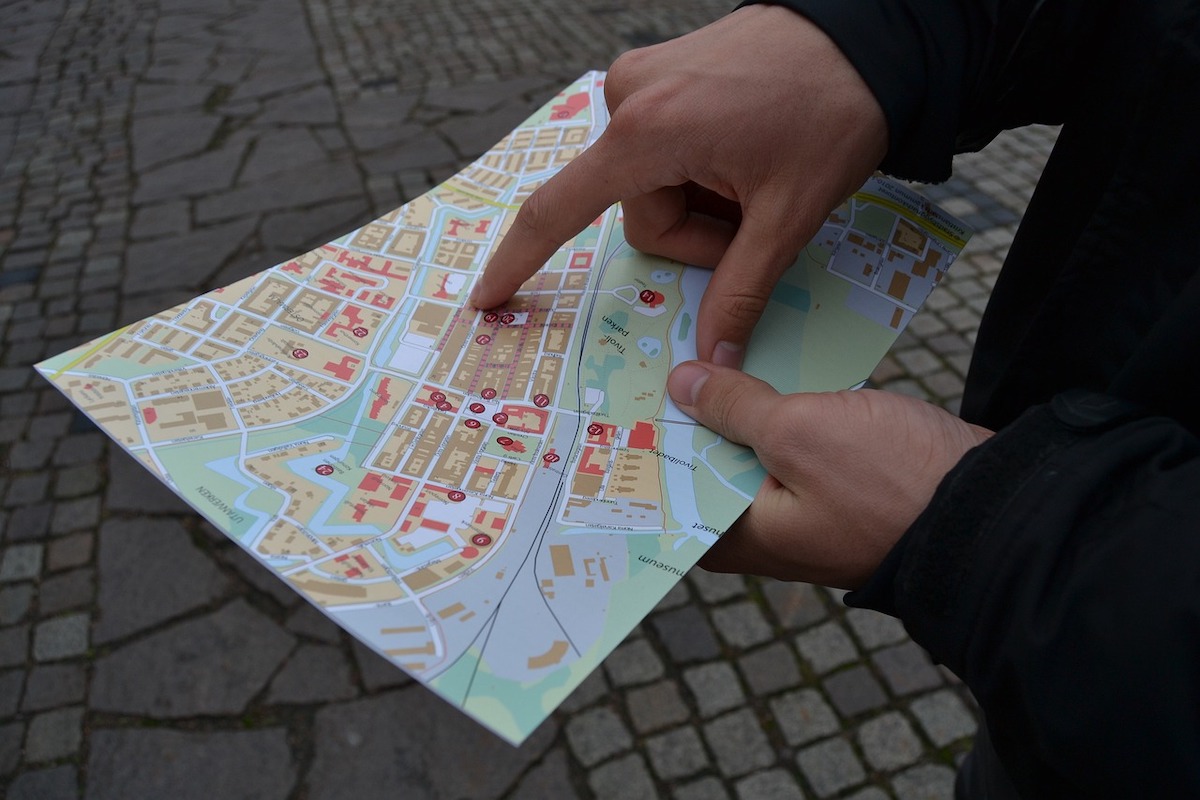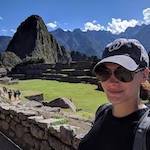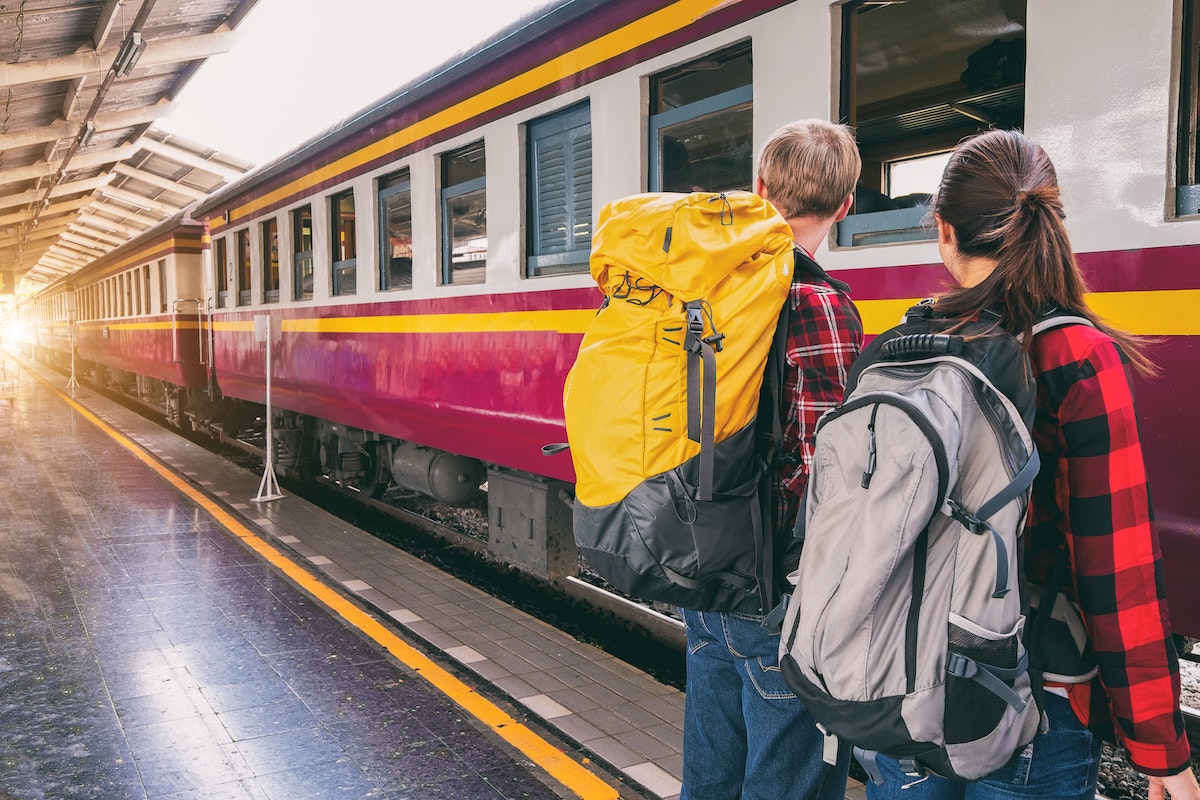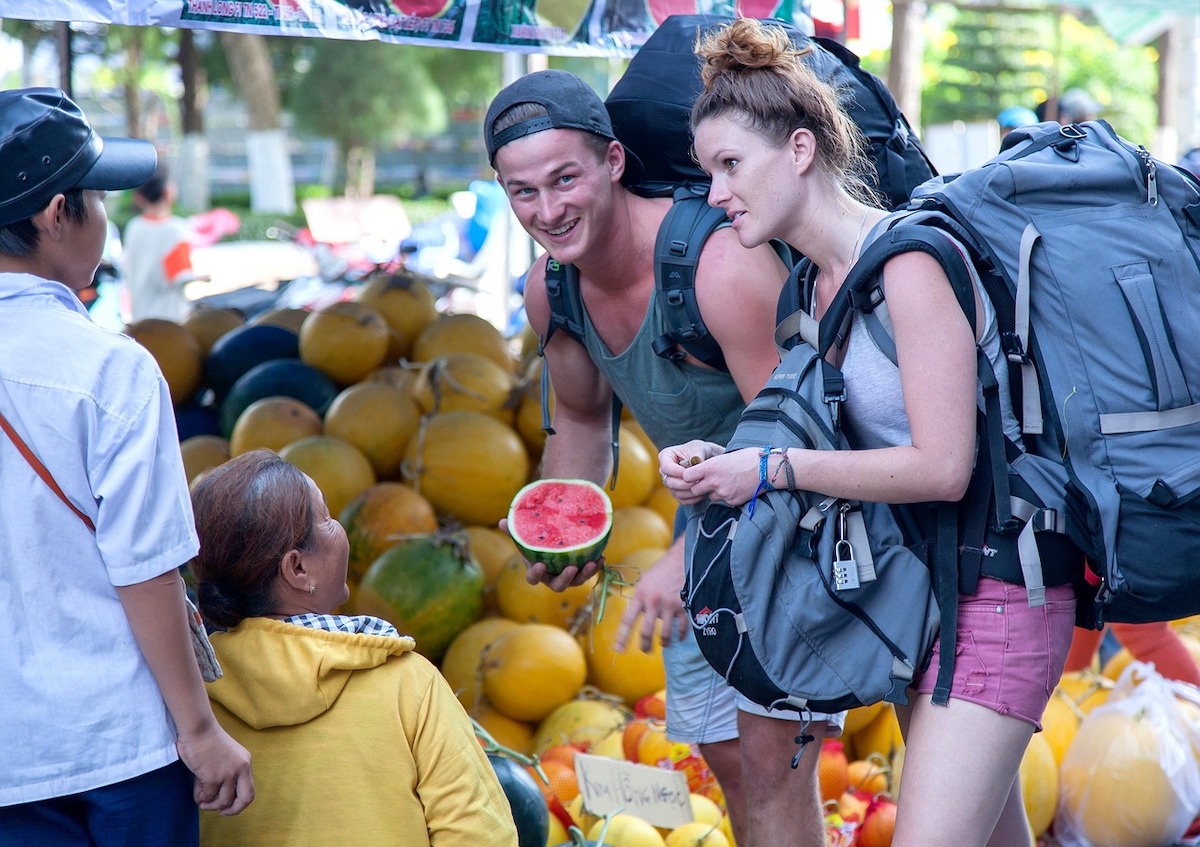By: Sarah Stone
Packing a bag and traveling toward an exciting new adventure—what’s not to love?
You might be planning a trip to a destination you’ve dreamed about since you were little, or someplace you feel drawn to, or maybe you’re looking for something different and new. Whatever your reasons, the chance to meet new people, see amazing sights, try exotic foods, and challenge yourself is a thrill!
And on the subject of challenges, overcoming language barriers is a big one.
Even if you’ve spent months (or years) studying the local language, you may find the experience of communicating in the moment a bit scary or frustrating. I spent years and years learning French, am comfortable reading and listening, and…then I clam up when it’s time to speak. It takes a little while of immersion for me to get out of my head and have conversations beyond 101.
If you’re like that, or if you’re jumping right in and learning as you go, let this guide help you out in your journey!
Common Hurdles and Misunderstandings in Intercultural Communication

Image by chlebicek2 from Pixabay
To really understand and appreciate overcoming language barriers, we need to recognize the common challenges that arise in the absence of a shared language. We might misunderstand directions, be ignorant of cultural nuances, or misinterpret colloquialisms—and accents and regional variations of a language can add to the confusion.
Language barriers can have a major impact on your travel experience—they can lead to frustrating and time-consuming encounters, like trying to order food or finding your way around an unfamiliar city. And they can hinder your ability to truly connect with locals and get a deeper appreciation for their culture.
Assessing and Preparing for Linguistic Challenges
If you can try to anticipate potential language barriers before embarking on your travels, your trip will go a bit smoother—here are a few tips to get started:
- Research the destination: Familiarize yourself with the primary language spoken in your destination, as well as any regional dialects or variations. This information will help you determine the extent of language barriers you may encounter, and can give you an idea of what you’ll need to do to add some basic words and phrases to your vocabulary.
- Evaluate your language skills: Honestly assess your proficiency in the local language, if any. This will allow you to identify areas where you might need additional support, such as learning key phrases, or using translation tools. If you’re traveling to France and want to know how to learn French efficiently (or any other language for that matter), knowing your own abilities will help you hone those conversational skills more quickly.
- Explore cultural norms: Learn what you can about the cultural norms and etiquette of your destination. Understanding the context in which the language is used can help you communicate more effectively and avoid potential faux pas.
- Develop a plan: Based on your research and self-assessment, create a tailored plan to address the anticipated language barriers. This might include learning essential phrases, downloading translation apps, or enrolling in a language course before departure.

Photo by Leeloo Thefirst on Pexels
Translation Apps and Devices
The first time I traveled outside of the US (to Costa Rica), I had a little Spanish/English translation dictionary and phrasebook. It was super helpful, but oh my gosh, technology has come a long way since 2006! A couple of years ago I lived in Portugal for a few months and LOVED the Google Translate app—especially when I was in the grocery store and could hover my phone’s camera over a label and see the text translate in real-time.
There are so many apps and tools now that are designed specifically to bridge the gap between languages, and it’s wonderful! In addition to Google Translate, check out Microsoft Translator and iTranslate.
Learning Key Phrases and Expressions
Of course, one of the most effective ways to overcome basic language barriers is to learn common phrases and expressions in the local language. Apps like Duolingo, Babbel, Drops, and Rosetta Stone are fantastic for this
Practice simple greetings, common questions, and basic vocabulary—practice more than you think you’ll need—and you’ll be better equipped to navigate everyday situations. Dedicate time before your trip to familiarize yourself with phrases such as “hello,” “goodbye,” “please,” “thank you,” and “excuse me,” as well as useful expressions like “Where is the nearest restroom?” or “How much does this cost?”
Related: Survival Spanish: Basic Language Tools for Traveling Latin America
Dictionaries and Phrasebooks
A pocket dictionary or phrasebook can be incredibly valuable in your quest to overcome language barriers. These compact resources offer a wealth of information, from vocabulary and grammar to pronunciation and cultural notes. They’re particularly useful in situations where internet access is limited or unavailable!
Visual Aids and Nonverbal Communication
Gestures, facial expressions, and body language can transcend linguistic boundaries, helping you express your needs and intentions—even if it’s just signaling embarrassment at not knowing the right words. Carrying a small notepad and pen for drawing simple diagrams or images can also prove helpful in situations where verbal communication is difficult.
Enlisting the Help of Bilingual or Multilingual Locals
Don’t underestimate the value of seeking assistance from people you meet during your travels. A bilingual or multilingual friend can offer invaluable support in overcoming language barriers, whether by providing directions, translating conversations, or offering insights into their culture and language.
Fostering Understanding: Proven Communication Techniques
Speak Slowly and Clearly
In the absence of a shared language, you’ll need to adapt your communication style to maximize understanding. Speaking slowly and clearly allows your conversation partner more time to process your words and reduces the likelihood of misinterpretation.
Try to Avoid Slang and Jargon
You have no idea how much slang and jargon you use until you’re trying to communicate across different languages! When I dated someone from another country, I had to stop myself all the time and explain a colloquialism. He spoke English fluently from a classroom standpoint, but he didn’t have the fully immersive experience that introduced him to slang and phrases like “take a rain check” or “my bad.” When you have a communication barrier, try to keep the idioms to a minimum, and go for basic vocabulary and simple sentence structures.
Rephrase and Use Synonyms
If you find that your initial message isn’t getting through, don’t be afraid to rephrase or use synonyms to convey your meaning. By presenting the same idea in different ways, you increase the likelihood that your listener will grasp your intended message. This flexible approach demonstrates your commitment to effective communication and can often lead to breakthroughs in understanding.
Employ Body Language and Gestures
While words may differ across languages, body language and gestures often serve as universal means of communication. Use facial expressions, hand gestures, and body movements to help convey your meaning when words fail. However, it’s essential to be mindful of cultural differences, as some gestures may have unintended or offensive connotations in certain contexts. Familiarize yourself with the local customs to avoid any faux pas.
Practice Active Listening and Seek Clarification
Effective communication is a two-way street, and active listening plays a crucial role in fostering understanding. Be attentive and present in your conversations, and don’t hesitate to ask for clarification if something is confusing.
Patience and Persistence are Key!
It can be frustrating, embarrassing, and even scary to encounter language barriers on your travels—and it can get exhausting even if you’ve put a decent amount of time and effort into learning the local language. So here are a few tips to help you stay calm, focused, and positive on your journey:
- Embrace positivity and humor: Maintaining a positive attitude and a sense of humor can work wonders in defusing tensions that may arise from language issues. Laughter is a universal language, and shared laughter can bridge linguistic divides.
- Challenge assumptions and stereotypes: Avoid making assumptions or falling back on stereotypes when it comes to language and culture. Instead, approach each interaction with curiosity and a willingness to learn from those who know their language the best—it’ll help cut down on misunderstandings, and give you the opportunity to learn something beyond the basics.
- Keep practicing: Seek out opportunities to learn and practice the local language during your travels. You can take language classes locally or online, use apps to practice your skills and pick up new words and phrases, watch local TV channels, and of course, find opportunities to speak with people in everyday situations.
Wrapping Up
Some years ago, I was on the Shanghai metro when a girl my age asked if she could practice English with me. During our conversation, she said that no matter how proficient we became in one another’s language, we’d never truly understand everything the way we mean to communicate it.
I think about that conversation a lot, especially while traveling. For a long time, I found the idea depressing, but have started looking at it from a different angle. No one ever knows what’s in your heart anyway, even if you speak the same language. The best you can do is try to understand and give the same patience, openness, curiosity, and respect to others that you’d want yourself—and that’s especially important if you’ve got different languages separating you.
About the Author
 As the editor in chief of Frayed Passport, my goal is to help you build a lifestyle that lets you travel the world whenever you want and however long you want, and not worry about where your next paycheck will come from. I've been to 20+ countries and five continents, lived for years as a full-time digital nomad, and have worked completely remotely since 2015. If you would like to share your story with our community, or partner with Frayed Passport, get in touch with me at sarah@frayedpassport.com!
As the editor in chief of Frayed Passport, my goal is to help you build a lifestyle that lets you travel the world whenever you want and however long you want, and not worry about where your next paycheck will come from. I've been to 20+ countries and five continents, lived for years as a full-time digital nomad, and have worked completely remotely since 2015. If you would like to share your story with our community, or partner with Frayed Passport, get in touch with me at sarah@frayedpassport.com!
Featured image by veerasak Piyawatanakul on Pexels
Frayed Passport is a participant in the Amazon Associates Program, an affiliate advertising program designed to provide a means for sites to earn advertising fees by advertising and linking to Amazon.com. We also may share links to other affiliates and sponsors in articles across our website. If you have questions or concerns, please contact us.


